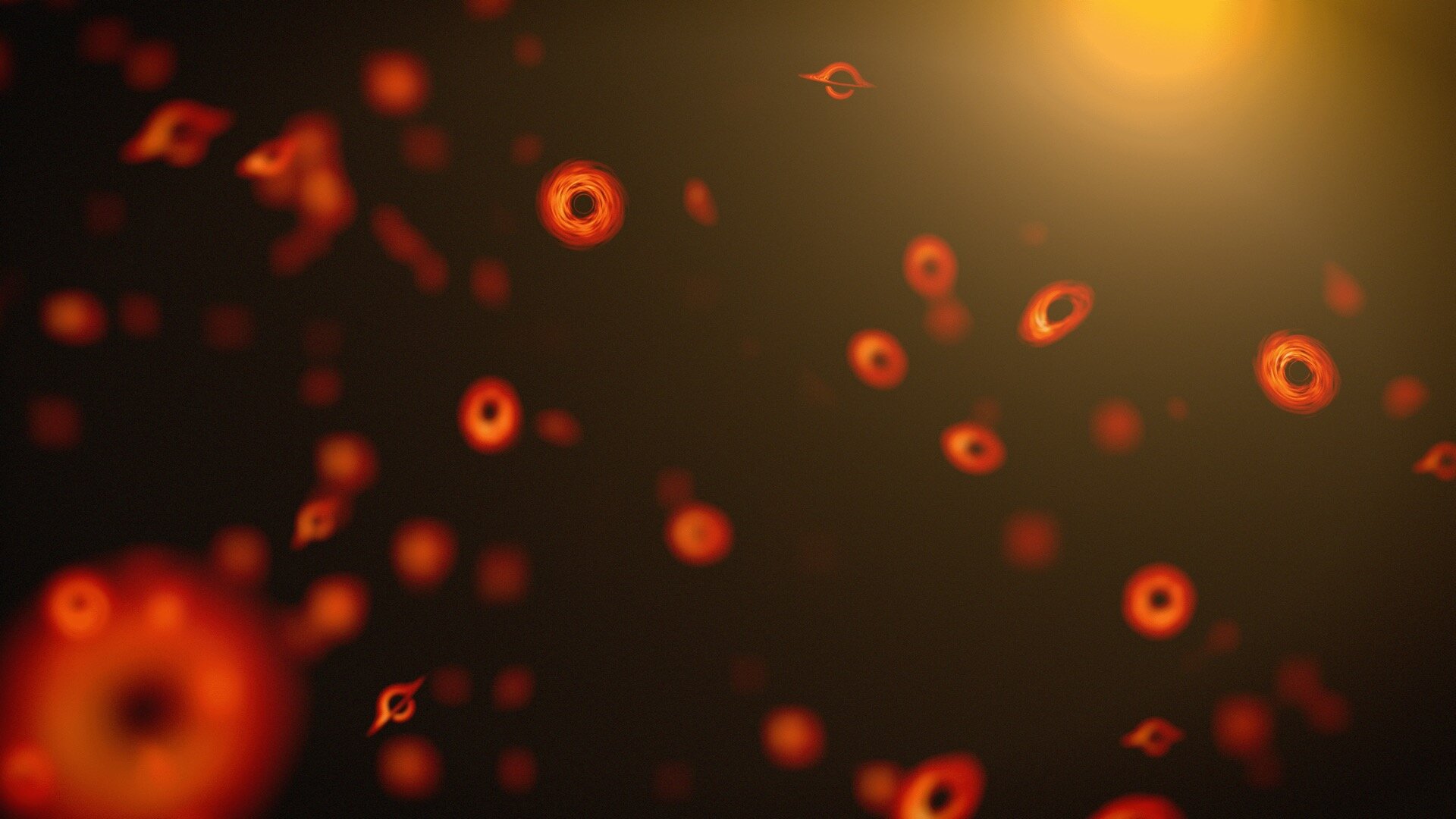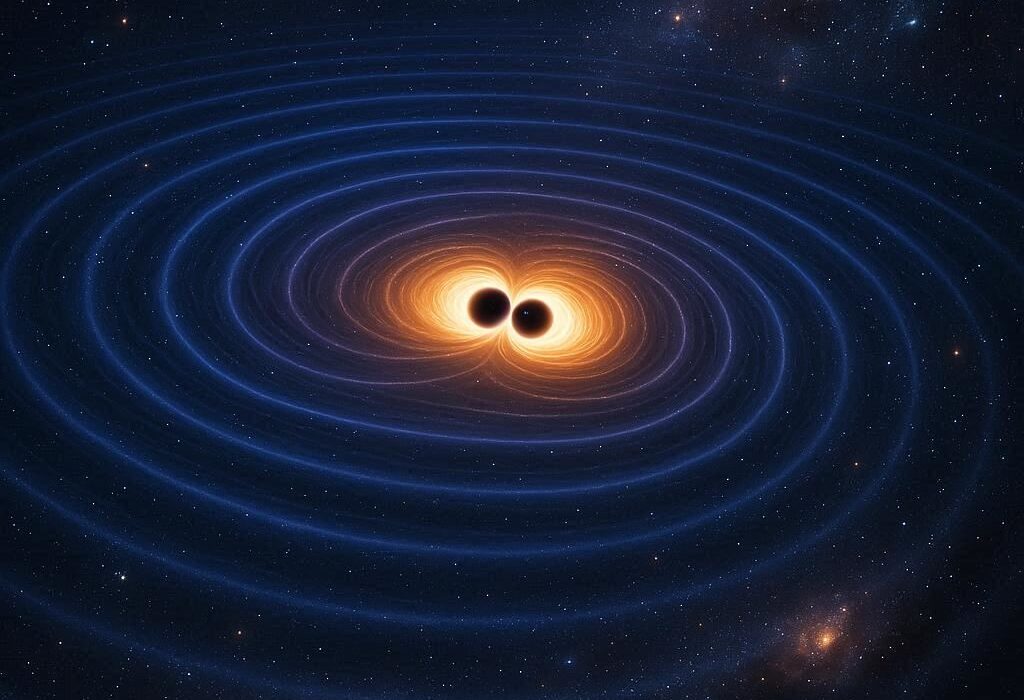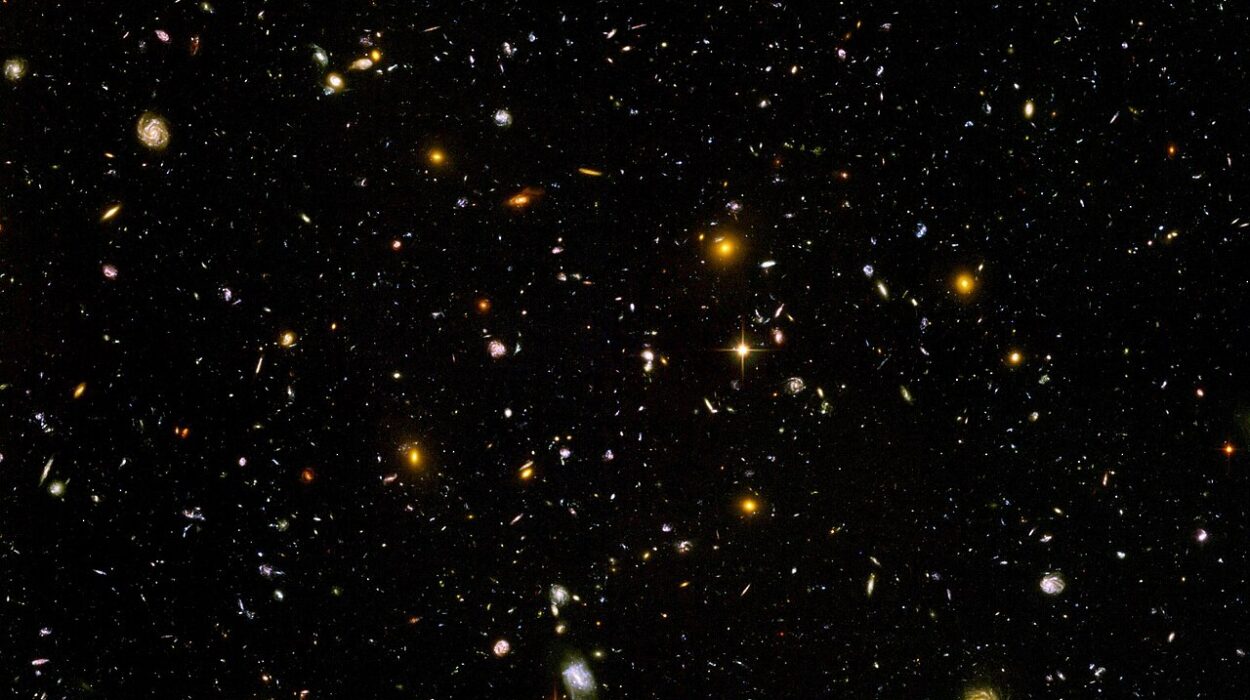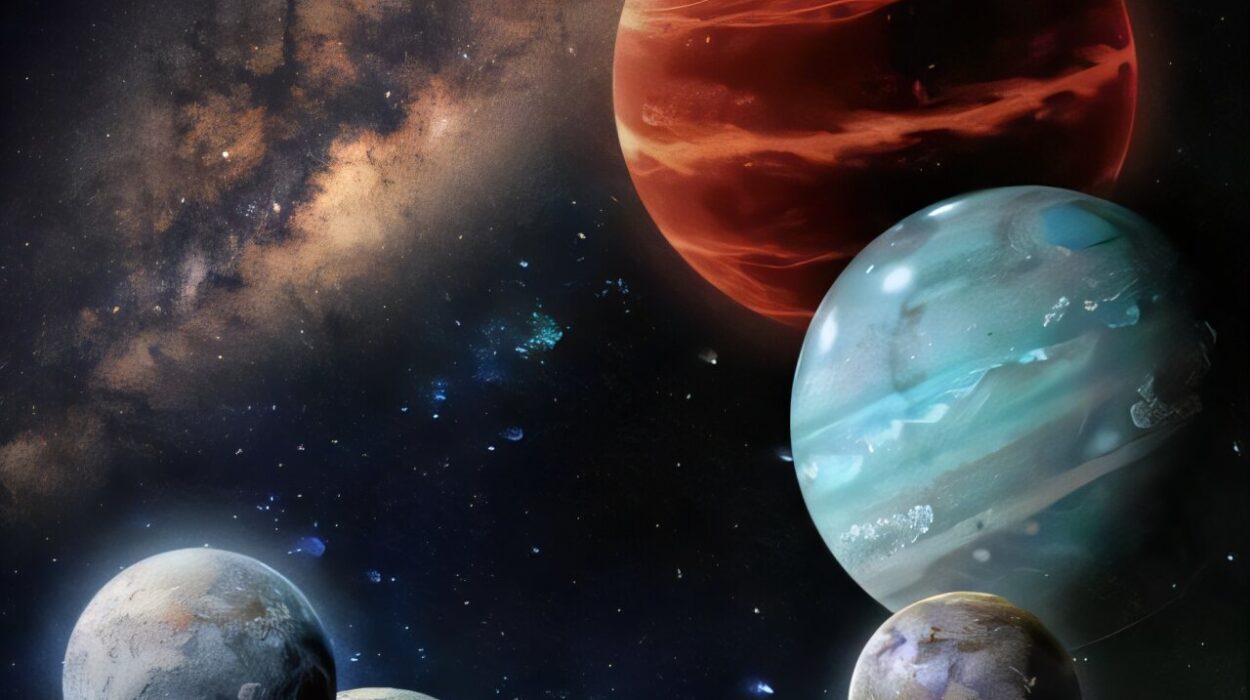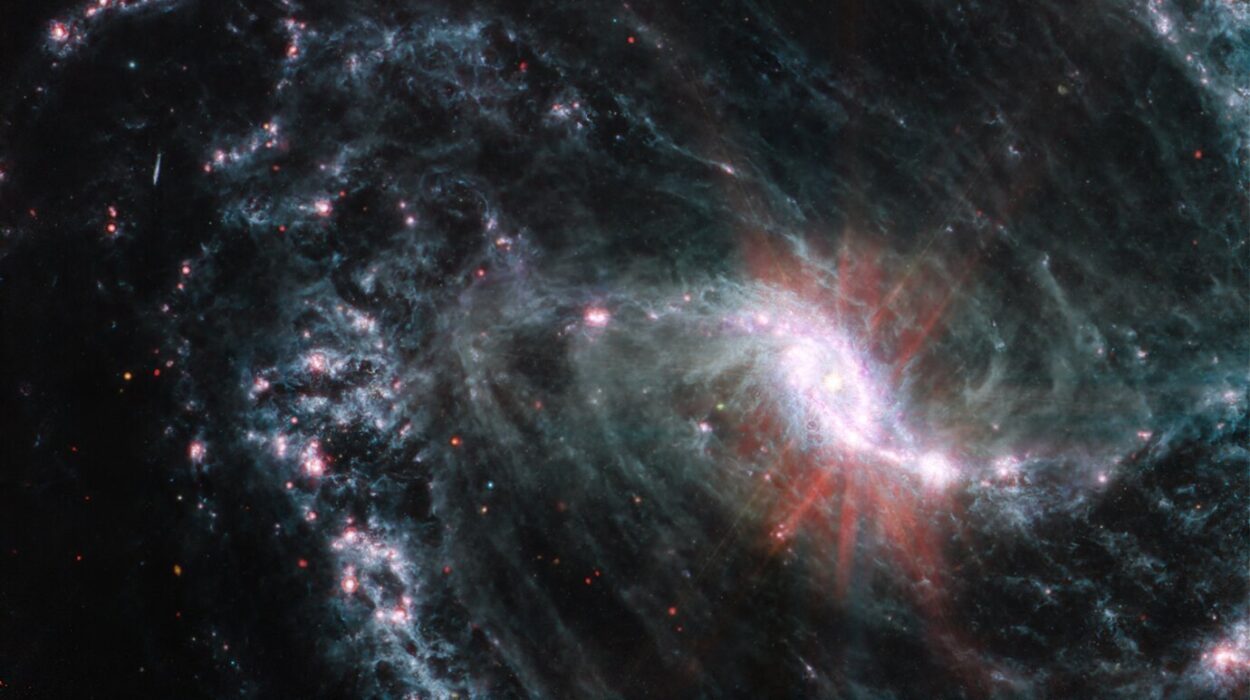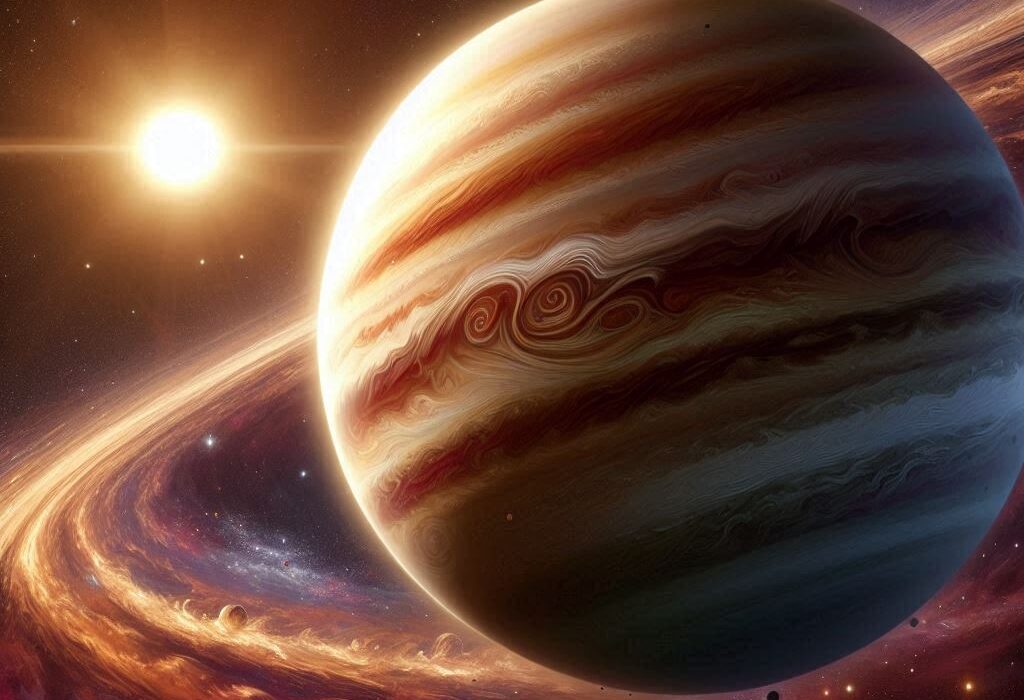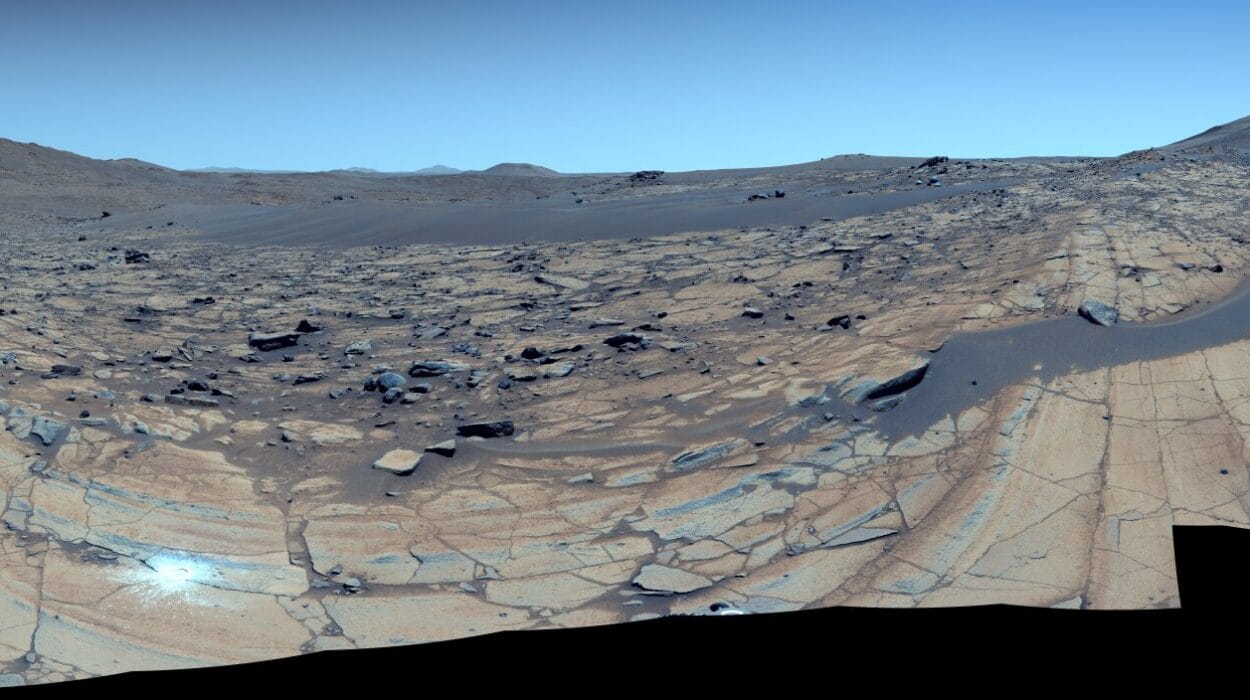More than eighty years after the idea of dark matter was first floated to explain puzzling galactic motions, we still don’t know what it’s made of. Across decades and continents, physicists have hunted it in the deep underground mines of Italy, the ice caverns beneath Antarctica, and the tunnels of the world’s most powerful particle colliders. Yet no direct detection has been made. Whatever dark matter is, it has so far remained invisible, elusive, and aloof—detected only through its gravitational tug on stars and galaxies.
For years, physicists placed their bets on a class of exotic particles—sterile neutrinos, axions, and the famous WIMPs, or weakly interacting massive particles. Elegant theories predicted them. Expensive detectors were built to catch them. And then… silence.
But a dark horse candidate, long considered speculative and exotic, is beginning to capture scientific attention with renewed vigor: primordial black holes, ancient gravitational ghosts potentially forged in the fire of the Big Bang itself. Could these tiny, ancient black holes be the stuff of cosmic shadow?
Black Holes Before the Stars
Black holes typically arise from the dramatic deaths of massive stars. But primordial black holes (PBHs) are different beasts entirely. They are not born from collapsing giants but from the extreme density fluctuations that rippled through the early universe—moments after the Big Bang, before stars or atoms or even protons existed.
In those first seconds of cosmic history, the universe was a hot, frothing soup of particles and radiation, its energy so immense that gravity itself fluctuated wildly. Under these conditions, pockets of space could have become so dense that they collapsed directly into black holes. These primordial black holes would span a colossal range of masses—from microscopic specks less than a gram to monsters thousands of times heavier than our Sun.
Importantly, because they didn’t form from stars, they aren’t limited to sizes dictated by stellar physics. And if they formed in large enough numbers, they might still be lurking throughout the universe today—dark, cold, and gravitationally powerful.
Hawking Radiation: The Vanishing Act of Black Holes
In 1975, Stephen Hawking revolutionized our understanding of black holes by introducing quantum mechanics into the mix. He showed that black holes aren’t completely black—they emit radiation. This “Hawking radiation” arises from quantum effects near the event horizon, allowing black holes to gradually lose mass and evaporate over time.
This had a critical consequence: smaller black holes would evaporate faster. According to Hawking’s formula, a black hole’s lifetime is proportional to the cube of its initial mass. A black hole weighing a trillion kilograms—roughly the mass of a small asteroid—would take the entire age of the universe to evaporate. Any PBHs lighter than that, born in the early universe, should have vanished by now in a final blaze of energetic particles.
That was the standard thinking. Until recently.
A Cosmic Memory: The Dvali Effect
What if Hawking’s formula, brilliant as it is, didn’t tell the whole story?
In 2018, Georgian physicist Gia Dvali introduced a provocative idea that may alter the fate of black holes—and by extension, the future of dark matter research. Dvali proposed that black holes possess a kind of “quantum memory” arising from the information they store. Every particle swallowed by a black hole leaves a faint imprint. As more information accumulates, the internal quantum state of the black hole becomes richer, more complex, and crucially—more stable.
This is called the memory burden effect. Dvali’s insight reframes the black hole not as a simplistic vacuum cleaner of space, but as a massive, intricate quantum condensate—a collective state of gravitons, the hypothetical quantum particles of gravity. As a black hole evaporates, its entropy and information content grow more tightly packed, and this ‘burden’ increasingly suppresses the emission of further radiation.
The effect becomes most pronounced when the black hole has lost about half its initial mass. At that stage, rather than speeding toward a violent quantum end, the black hole’s decay slows dramatically. It could linger for billions, even trillions of years longer than Hawking’s equations predict.
In other words, black holes we once thought gone could still be here—small, dark, undetectable, but gravitationally significant.
Primordial Black Holes Reimagined as Dark Matter
The implications are profound. If PBHs lighter than a trillion kilograms—once dismissed because of their expected evaporation—still exist thanks to memory burden stabilization, they could easily make up the invisible mass in the universe.
In a new paper published in Physical Review D, Kazunori Kohri and a team of Japanese physicists propose exactly that. Their work suggests that PBHs between 100 kilograms and 10 million kilograms could account for the missing dark matter, surviving to the present day precisely because of the quantum stabilization from the memory burden effect.
Crucially, these PBHs wouldn’t shine, interact with electromagnetic radiation, or collide with normal matter except through gravity—making them perfect dark matter candidates.
But how can we detect them?
Listening for the Echoes of Creation
Since we cannot see primordial black holes directly, the next best approach is to look for their footprints in the universe’s gravitational fabric. Kohri’s team focused on the gravitational waves produced during the formation of PBHs in the early universe.
When patches of the infant cosmos collapse into black holes, they do more than just curve spacetime locally—they also emit gravitational waves, subtle ripples in spacetime that travel across the universe.
These waves, called induced gravitational waves, arise from enhanced curvature perturbations in the radiation-dominated early universe. The frequency of these waves directly correlates with the mass of the PBHs they accompany. More massive PBHs are tied to lower-frequency waves. Importantly, gravitational waves don’t fade with time; they just stretch as the universe expands.
This makes them ideal cosmic fossils.
By calculating the expected spectrum of gravitational waves tied to memory-burdened PBHs, the team derived theoretical curves predicting what future observatories might detect. These waves—stretching across kilohertz to megahertz frequencies—could be the telltale signs of dark matter’s true nature.
A New Generation of Cosmic Ears
The detection of such high-frequency gravitational waves is beyond the reach of current detectors like LIGO and Virgo, which are optimized for events like black hole mergers. LIGO, for instance, has a peak sensitivity around 10 to 1000 Hz. But PBHs may whisper in the range of tens of megahertz—thousands of times higher.
To catch such whispers, we’ll need new ears.
Several ambitious observatories are in development or on the drawing board:
- DECIGO (Deci-Hertz Interferometer Gravitational Wave Observatory), a Japanese space-based mission, is designed to detect intermediate frequency waves that ground-based detectors miss.
- LISA (Laser Interferometer Space Antenna), a European Space Agency mission planned for the 2030s, will listen for low-frequency cosmic murmurs from space.
- The Big Bang Observer (BBO) could succeed LISA with even finer sensitivity, potentially aimed squarely at the frequencies predicted by the PBH models.
- The Cosmic Explorer, a proposed third-generation terrestrial observatory with 40-kilometer-long arms, would dramatically extend the reach of gravitational wave astronomy into new frontiers.
If these instruments detect the predicted gravitational wave background from PBH formation, it would not only bolster the case for PBHs as dark matter—it would also vindicate the memory burden hypothesis and hint at a richer quantum structure underlying gravity.
A Nightmare Scenario or a New Dawn?
Physicists have long dreaded the so-called “nightmare scenario” in dark matter research: a universe where dark matter interacts only through gravity, rendering it undetectable by traditional means. If WIMPs and axions never show up in underground labs or collider experiments, we may be left with only gravitational probes to decipher dark matter’s nature.
The PBH scenario turns that nightmare into a compelling frontier. If PBHs are real and stabilized by their own quantum memories, they are exactly the kind of purely gravitational dark matter the universe might have hidden from us all along.
The scenario isn’t without its challenges. The full quantum mechanical treatment of memory burden effects is still under intense development. It’s not entirely clear what happens to a PBH when the memory burden becomes extreme. Does it truly become stable? Does it decay into exotic remnants or gravitational lumps? Or does it eventually fizzle in a novel quantum event?
These are open questions—but questions that experimental data may soon help answer.
Rewriting the Cosmic Story
The idea that black holes remember their history—that their internal quantum states grow heavy with the burden of swallowed information—redefines how we think about gravity, entropy, and the fate of matter in the universe.
It could mean that the dark matter halo enveloping galaxies isn’t composed of exotic particles at all, but rather of ancient, memory-laden black holes—ghosts from the dawn of time, pulsing subtly in spacetime and echoing the quantum structure of reality.
If Kohri’s team is right, we’re on the cusp of turning the most elusive mystery in cosmology into a testable prediction. Gravitational wave astronomy, still in its infancy, may soon become the flashlight that illuminates the dark side of the cosmos.
Until then, these primordial ghosts remain unseen, waiting to be discovered not by sight, but by listening closely to the distant, trembling echoes of creation.
Reference: Kazunori Kohri et al, Induced gravitational waves probing primordial black hole dark matter with the memory burden effect, Physical Review D (2025). DOI: 10.1103/PhysRevD.111.063543. On arXiv: DOI: 10.48550/arxiv.2409.06365
